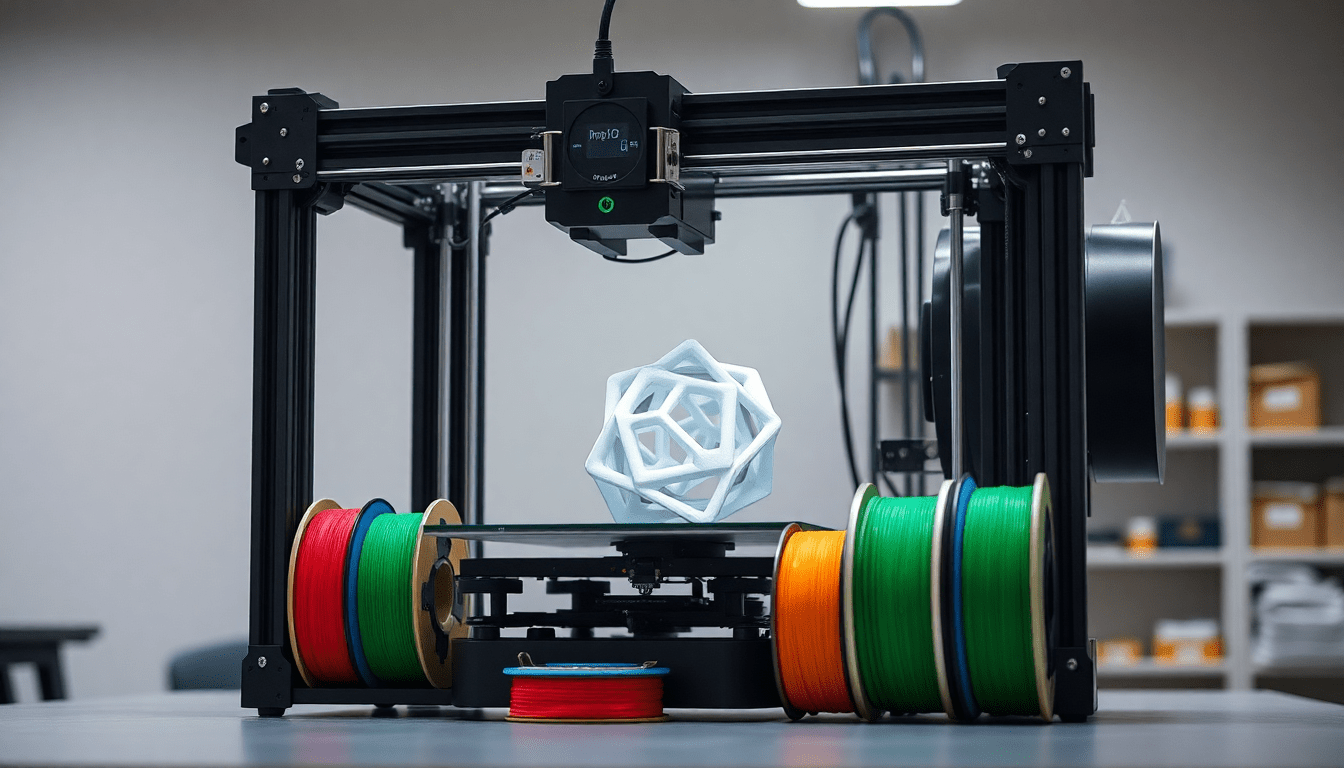If you're just getting started with 3D printing, the world of filaments can be a bit overwhelming. With so many different materials, properties, and brands to choose from, it can be tricky to know where to start. But fear not, my fellow 3D printing enthusiasts! In this this guide, we'll dive into the most popular filament types and help you make the best choice for your next project.
Understanding the Basics of 3D Printer Filaments
3D printer filaments are the raw materials that your 3D printer uses to create physical objects. They come in a variety of materials, each with its own unique properties and characteristics. The most common filament types are PLA, ABS+, ABS, PETG, ASA, PC, Nylon, and TPU.
PLA (Polylactic Acid) is a renewable and eco-friendly filament that's easy to print with and produces great results for beginners. ABS+ and ABS (Acrylonitrile Butadiene Styrene) are known for their strength and durability, making them a popular choice for functional parts.
PETG (Polyethylene Terephthalate Glycol-modified) is a versatile filament that combines the best of PLA and ABS, offering good strength and printability and without need for chamber or nasty fumes of ABS.
ASA (Acrylonitrile Styrene Acrylate) is a UV-resistant filament that's great for outdoor applications, while PC (Polycarbonate) is a high-strength, heat-resistant material perfect for industrial-grade parts. Nylon is a tough, flexible filament that's often used for engineering applications, and TPU (Thermoplastic Polyurethane) is a flexible, rubber-like material ideal for creating soft, pliable objects.
Factors to Consider When Choosing a Filament
When selecting a filament for your 3D printing project, there are several factors to consider:
Intended Use
Think about the purpose of your 3D printed object. If you need something durable and functional, ABS or PC might be the way to go. If you're looking to create something more decorative, PLA or PETG could be a better fit.
Printing Difficulty
Some filaments, like PLA , are relatively easy to print with, while others, like Nylon or TPU, can be more challenging. Consider your skill level and the capabilities of your 3D printer when making your choice.
Cost and Availability
Filament prices can vary widely, so it's important to factor that into your decision. Additionally, make sure the filament you choose is readily available and compatible with your 3D printer. Usually PLA offer the largest choice of materials type and colours and is usually the best choice for beginners.
Conclusion
Choosing the right 3D printer filament can make all the difference in the success of your projects. By understanding the different material types and considering your specific needs, you'll be well on your way to creating amazing 3D printed masterpieces.
If you have more questions, feel free chat on our discord server and our friendly community and us happy to help you find best suit materials for what you need.
Happy printing!

